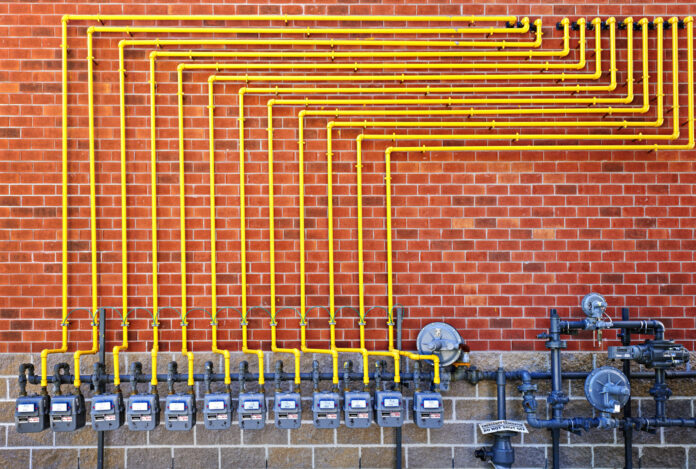Sequans noted that utility companies are well aware of the benefits of adopting 5G private networks for their operations
The implementation of IoT technology by firms operating in the utilities sector could help these companies to achieve both direct and indirect cost saving benefits, Jeremy Gosteau, senior director of product marketing at Sequans Communications, told Enterprise IoT Insights.
“Direct cost saving is realized through the automated reporting of meters, saving manpower resources. Indirect cost saving is realized in automated network maintenance beyond meter reading where, for example, sensors can detect and report network abnormalities, such as leaks. There are also ancillary benefits to utility operators, including improved reliability of reporting, and the ability to remotely reconfigure or activate actions such as interrupting the distribution of water or gas in the case of non-payment, or in case of a leak or other emergency, which improves network safety,” Gosteau said.
Gosteau added that the implementation of IoT also enables additional services that make the utility’s service offering more valuable. “These include machine learning that can work to anticipate maintenance requirements by learning the normal daily behavior of a network and detect aberrations, or blockchain that can enable peer-to-peer exchange of electricity when energy overproduction allows for resales to the utility or to the community.”
Commenting on the benefits of the deployment of 5G, the executive noted that this technology is indeed largely deployed and will continue to grow in the coming years and while the first uses have been focused on high data rate smartphones and less on IoT, the industry is seeing lower data rate IoT applications coming on strong. “When it comes to the utility sector, the needed application-level data rates vary from a few 100 bps to a few Mbps. These are served today by technologies such as LTE Cat 1bis and LTE-M as well as NB-IoT. With 3GPP evolutions for 5G IoT on the horizon, Release 18 defines NR eRedCap, which can be described as the 5G equivalent to 4G LTE Cat 1bis. Beyond the standard evolution, there are several benefits to using cellular technology in the utility sector,” the executive said.
“5G NR does not bring any specific new features useful for the utility industry, but, at network level, 5G brings a higher cell capacity for massive MTC and is also future proof. When planning for a migration path from 4G to 5G, utilities can benefit from the best of 4G and 5G by using LTE Cat 1bis/LTE-M/NB-IoT- technology that is mature, cost-optimized, and low power- and then migrating to 5G,” Gosteau added.
The executive also noted that utility companies are well aware of the benefits of adopting 5G private networks and forecasts an increasing adoption of private networks in the future.
“We do see a large and shared interest in private networks, so evangelization is not needed anymore at this stage. We anticipate seeing more and more utility companies operating, at least, partially or as an alternate plan, on a private cellular network.”
Regarding the main obstacles that are preventing a more rapid adoption of new technologies such as IoT, 5G or AI in the utilities sector, Gosteau said that there’s an initial challenge in adopting cellular technology which relates to the R&D cost. “But there are additional complexities, more technical, related to the uniformity of cellular technologies deployed in various regions. If 2G, 3G, and LTE have been widely deployed, LTE-M and NB-IoT have more regional footprints. NB-IoT is well established in China and India, whereas LTE-M is popular in Japan and in the US, and Europe is using a mix of both. So, companies willing to deploy smart meters will have to factor in the initial technology choice. LTE Cat 1bis is proving to be a good fallback solution since Cat 1bis is available everywhere where LTE is available. This selection process, which is region dependent, may hinder a quick adoption of cellular technology.”
RCR Wireless News published an editorial report called “Talking About (Industrial) Revolution: Utilities” in which key industry leaders and analysts talk about how digital systems – including 5G, AI, IoT, and edge, plus other key technologies — are transforming the utilities sector. Click here to access the report.

